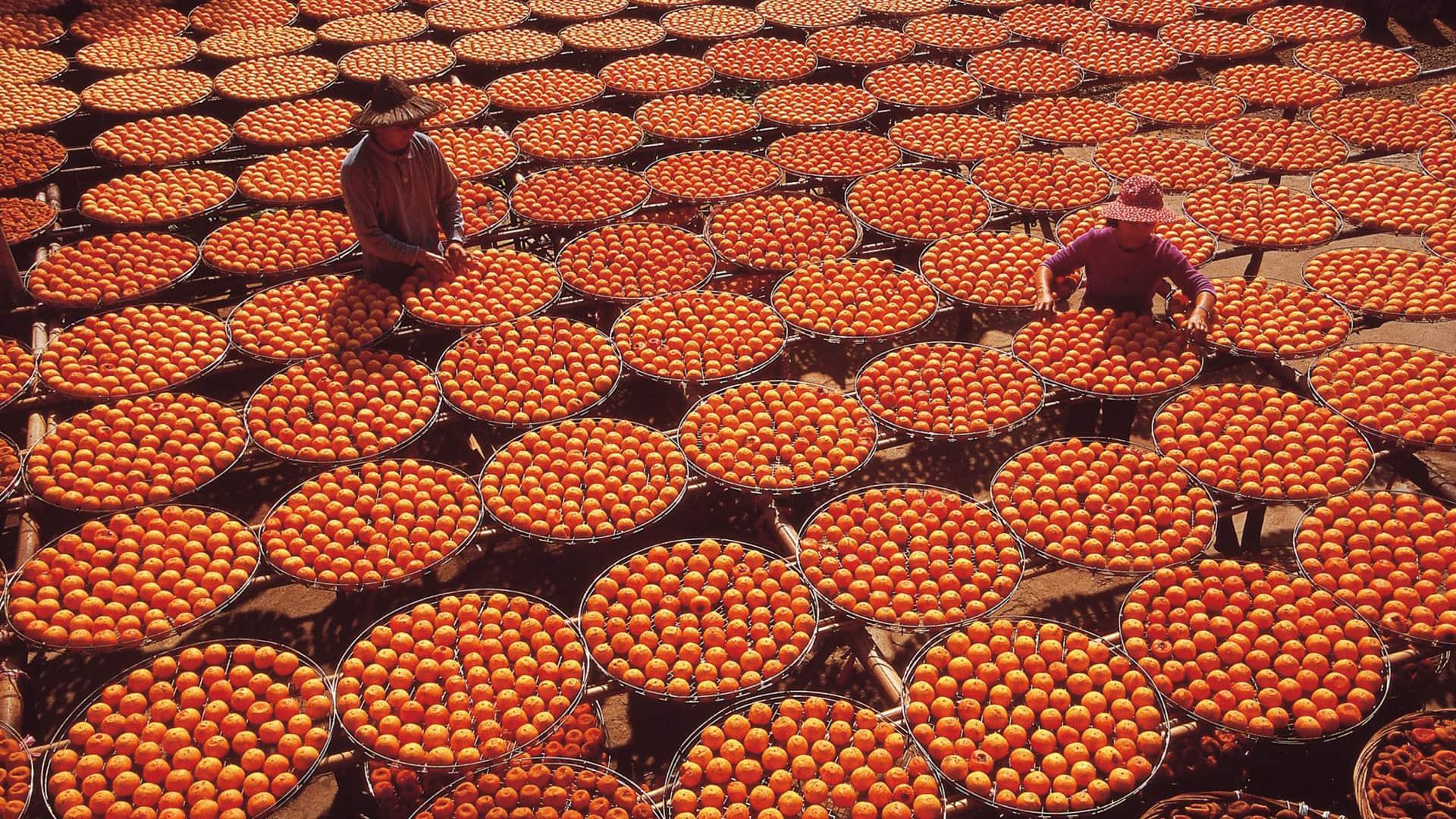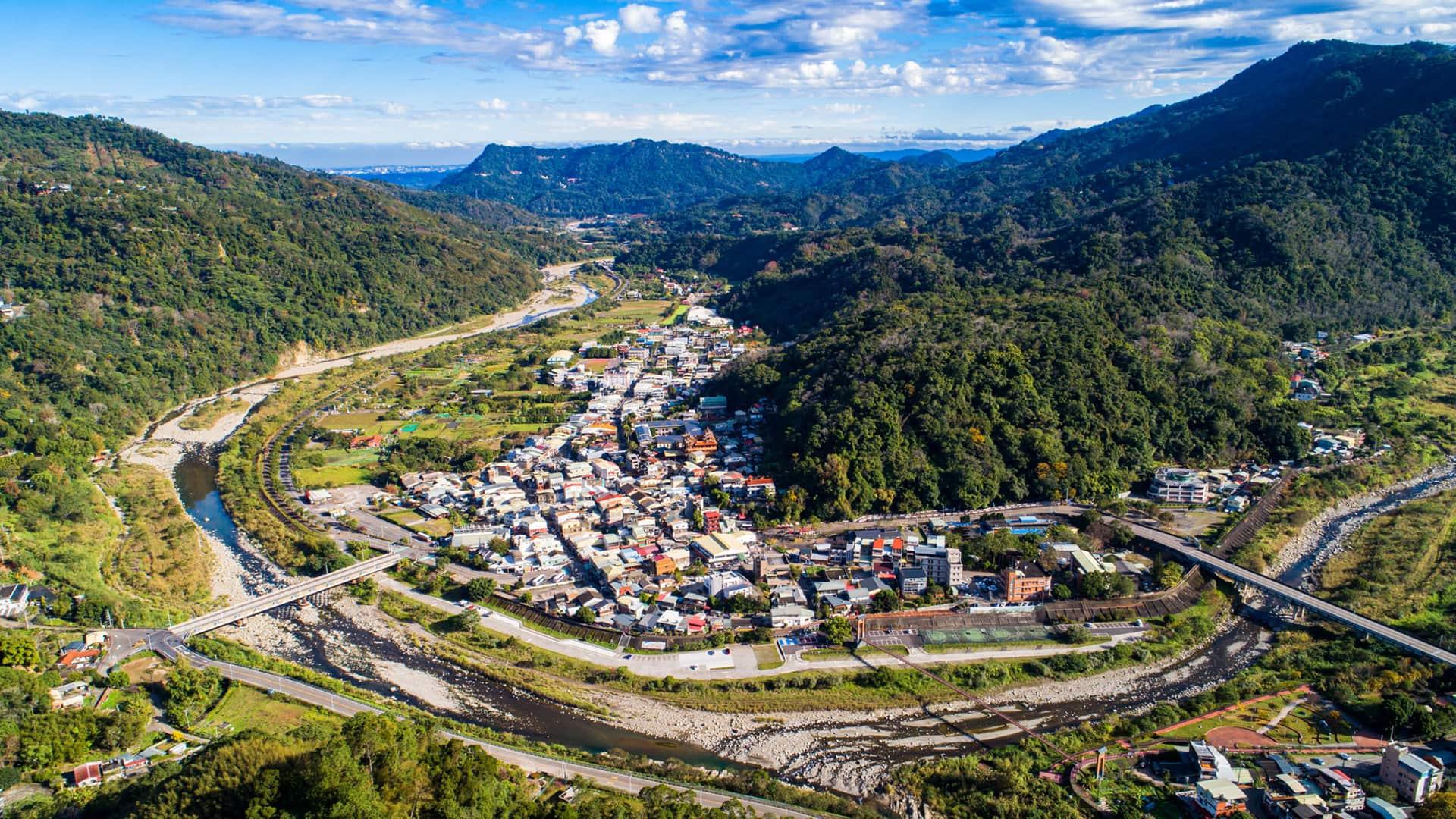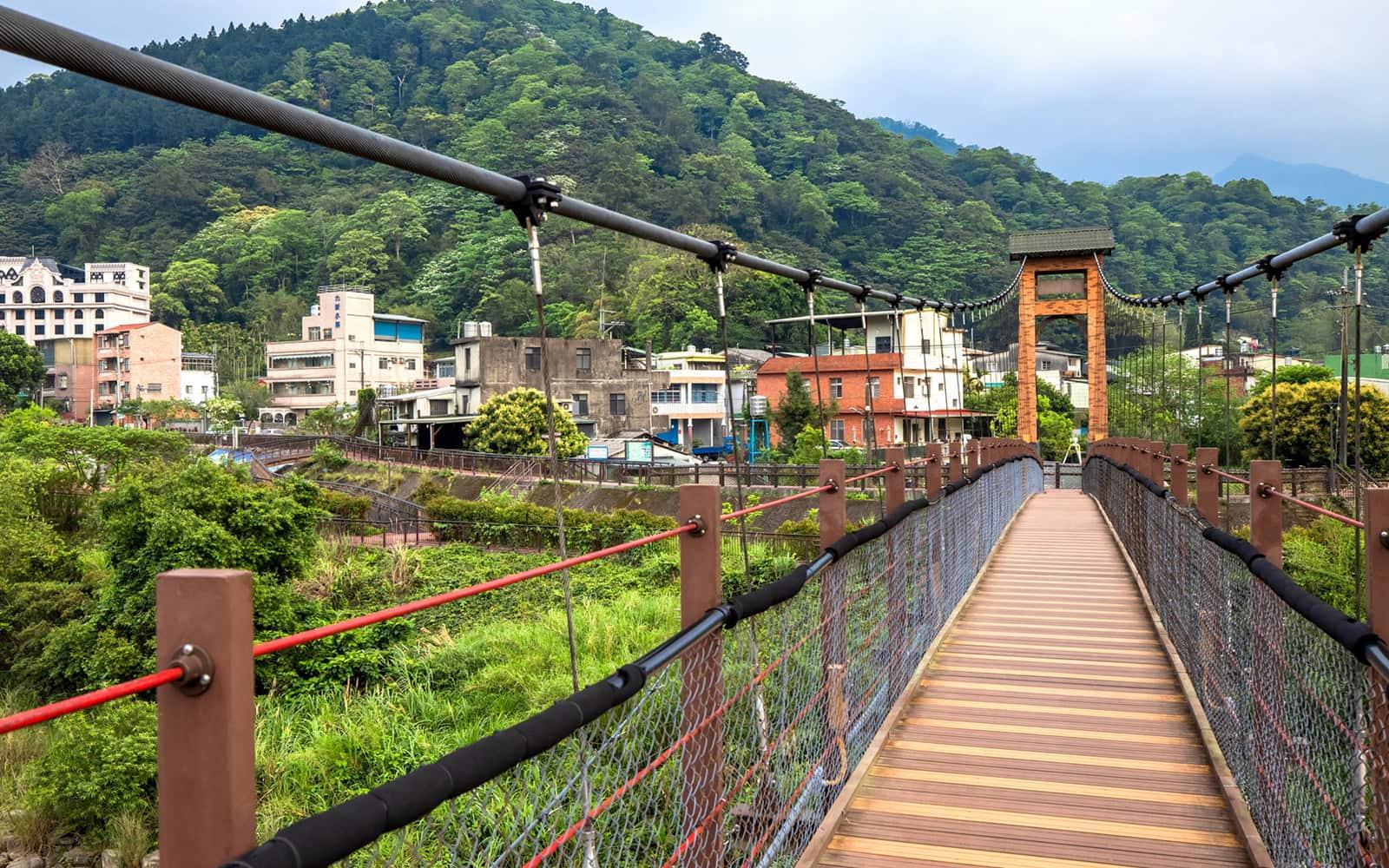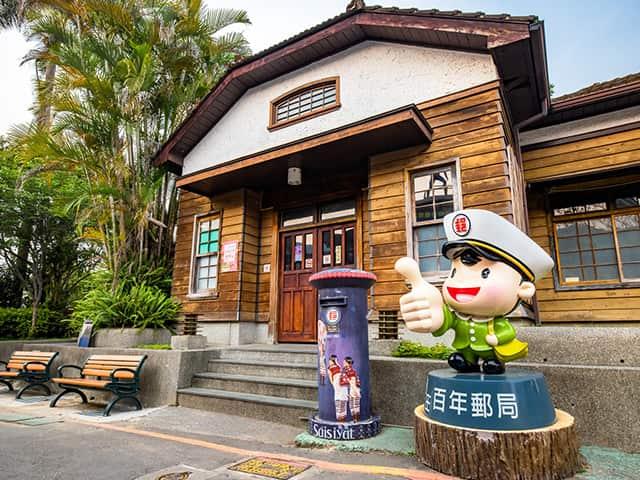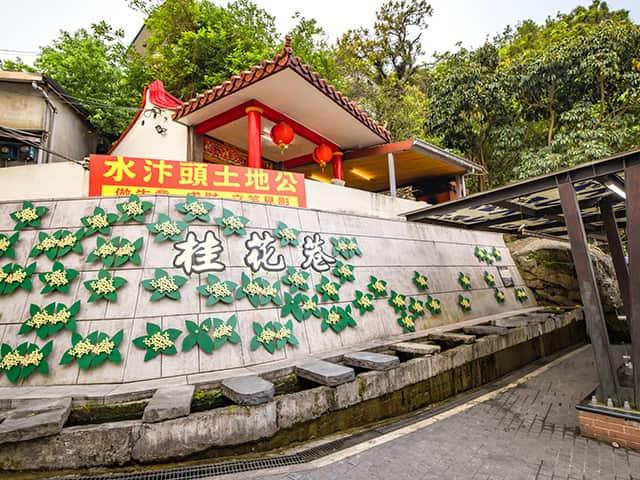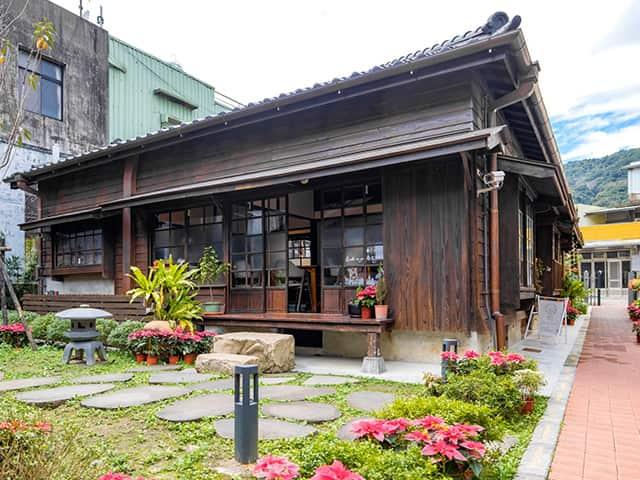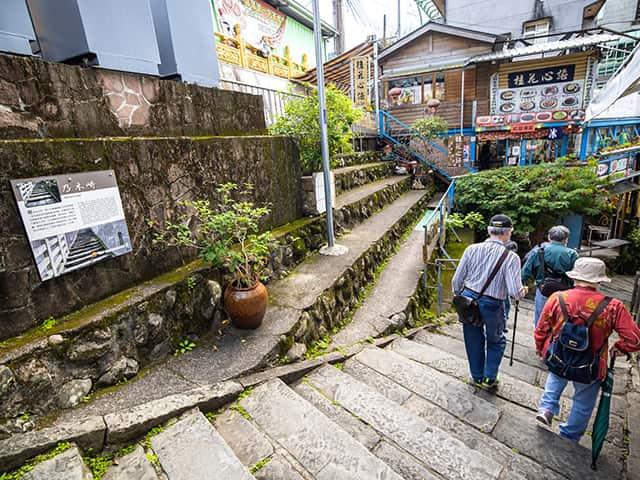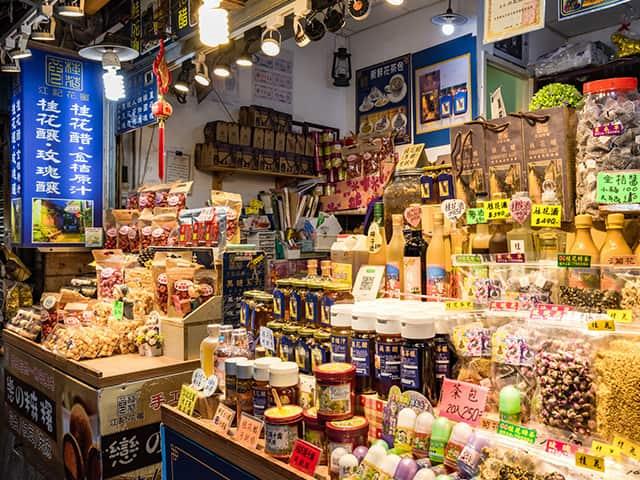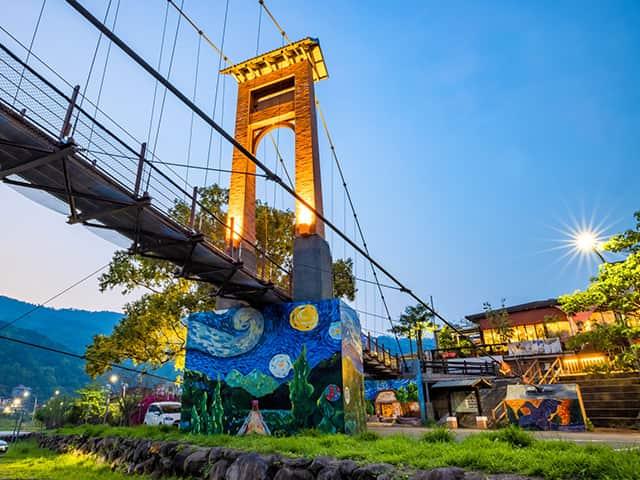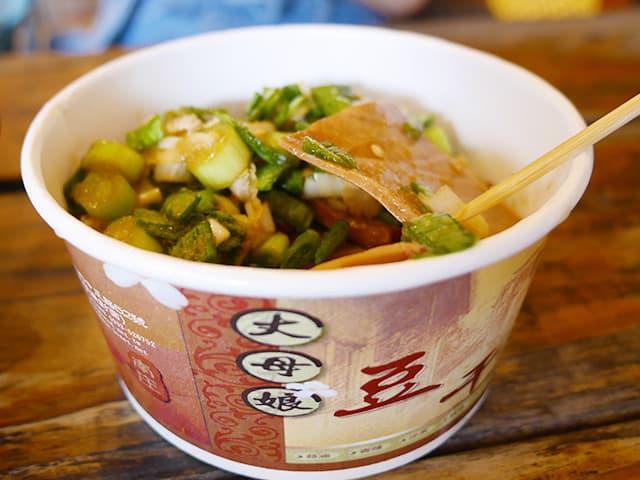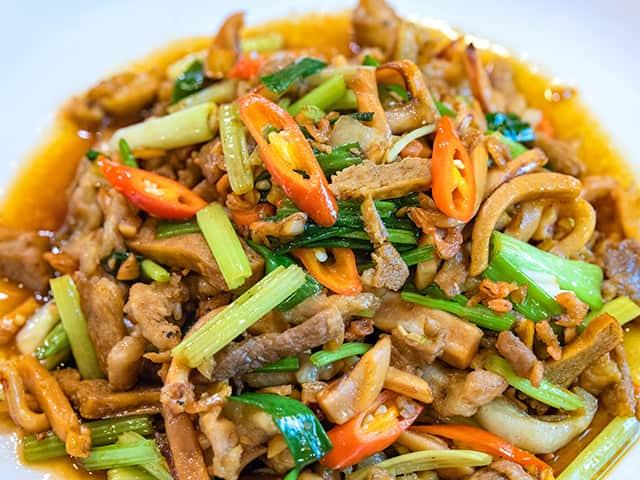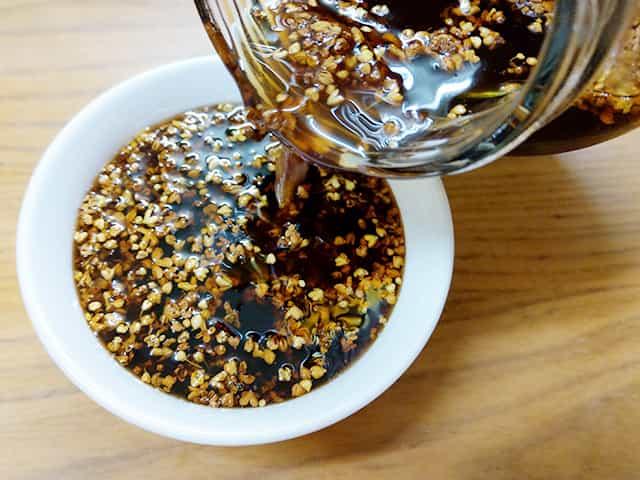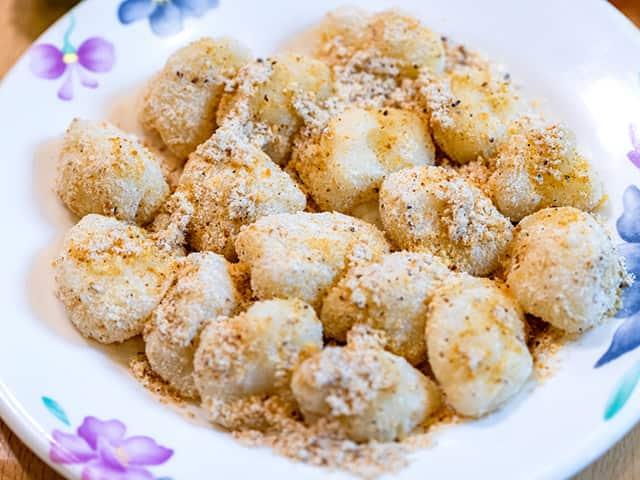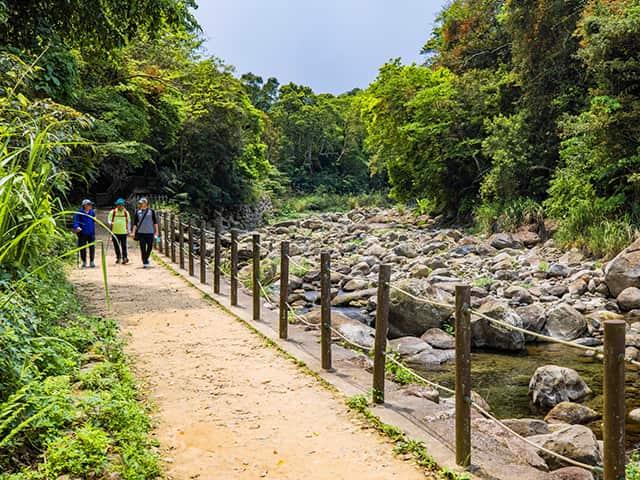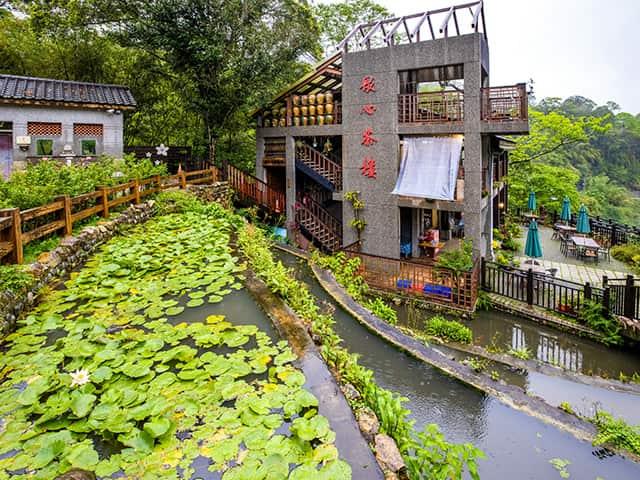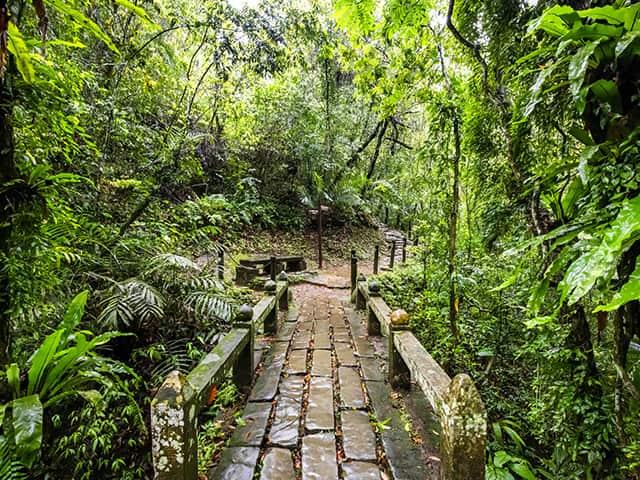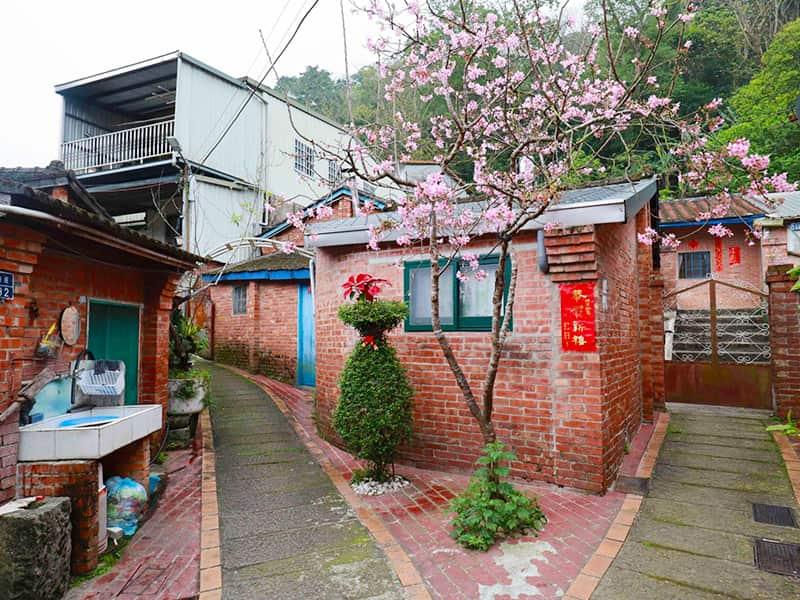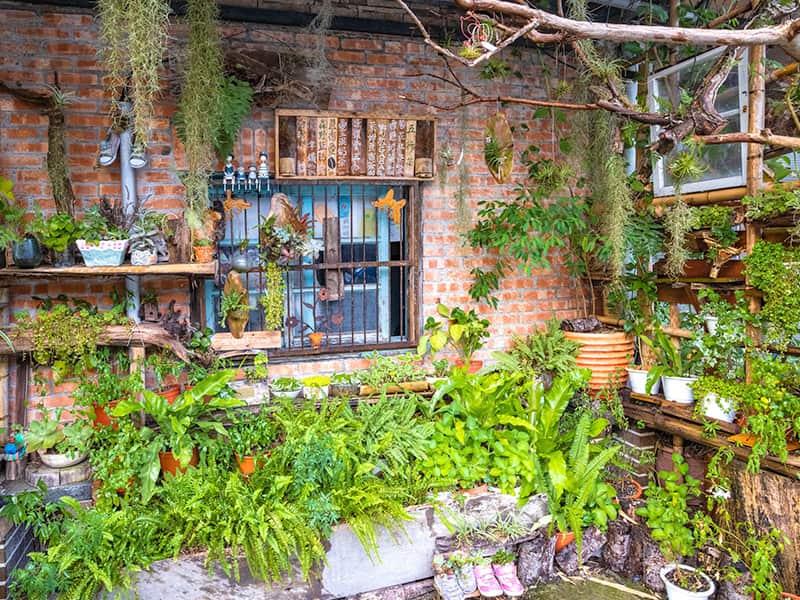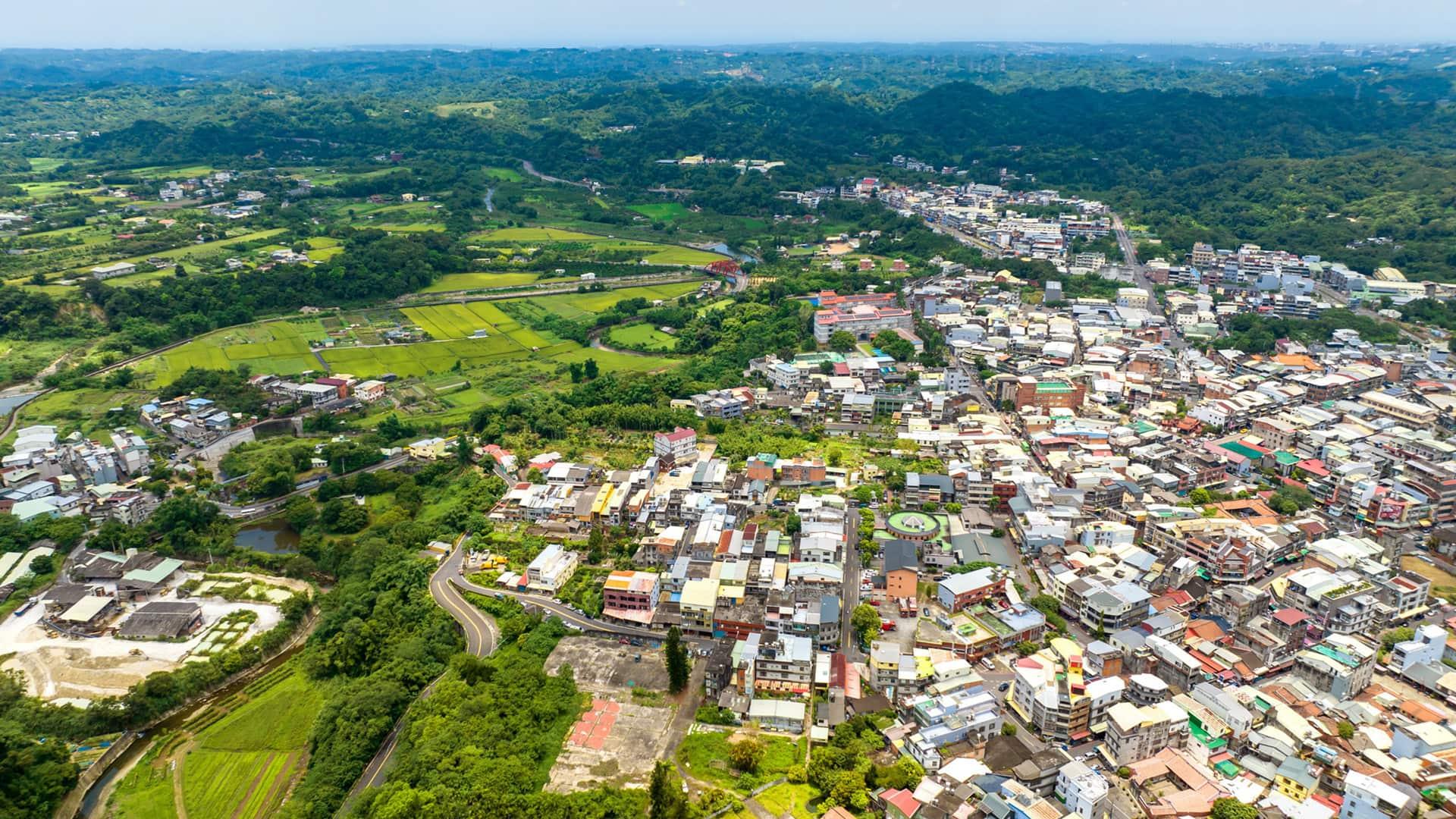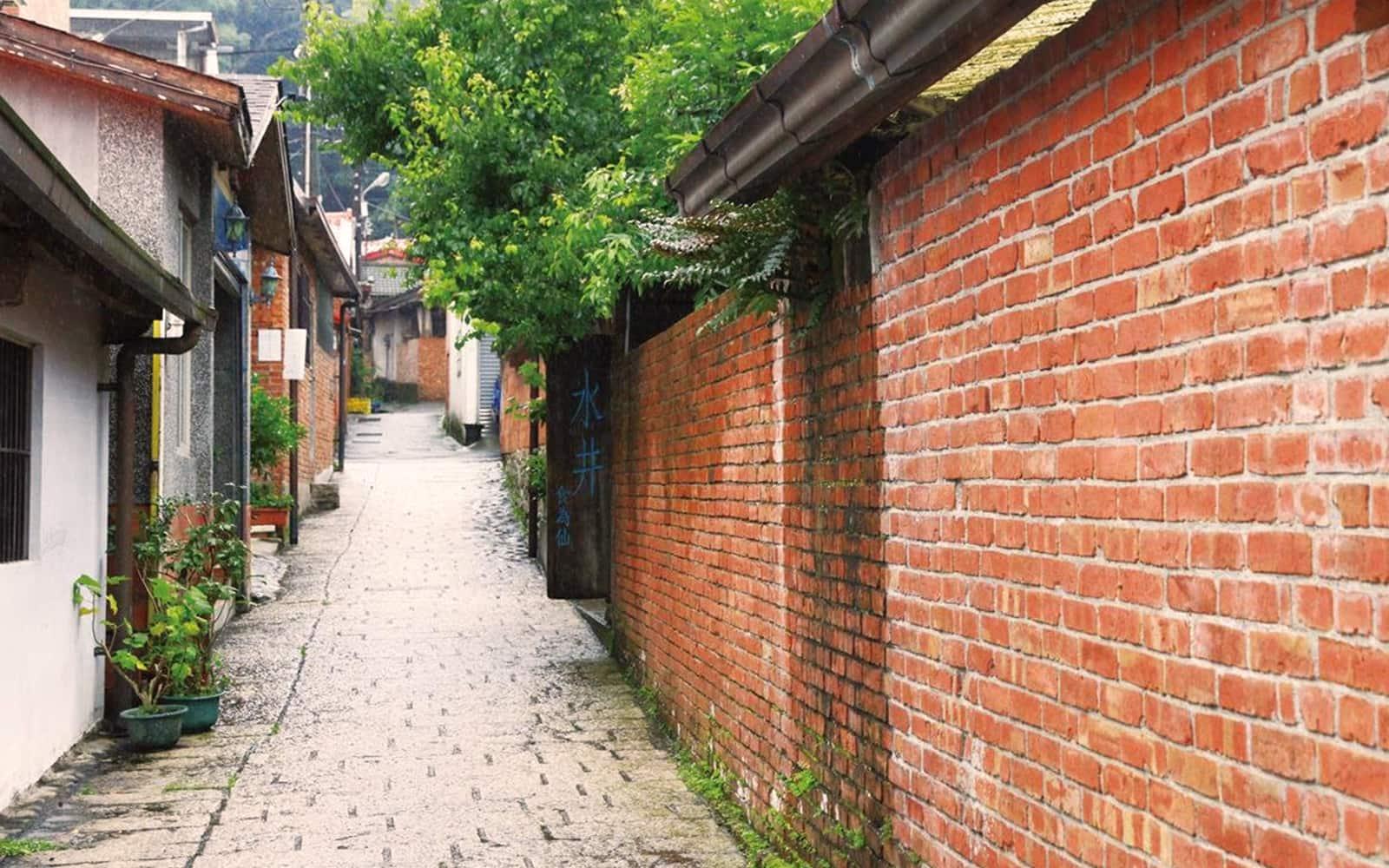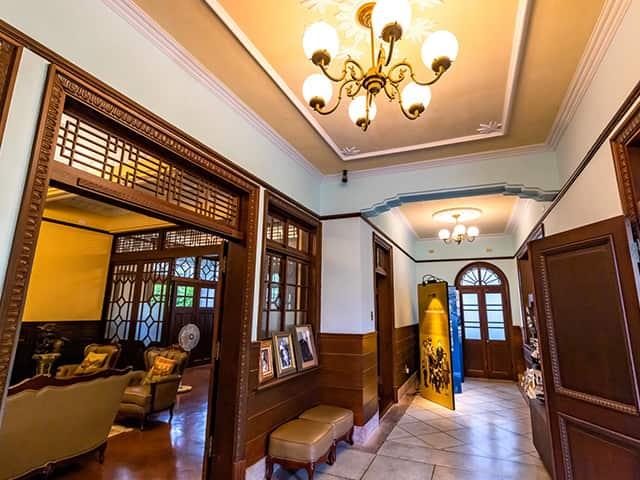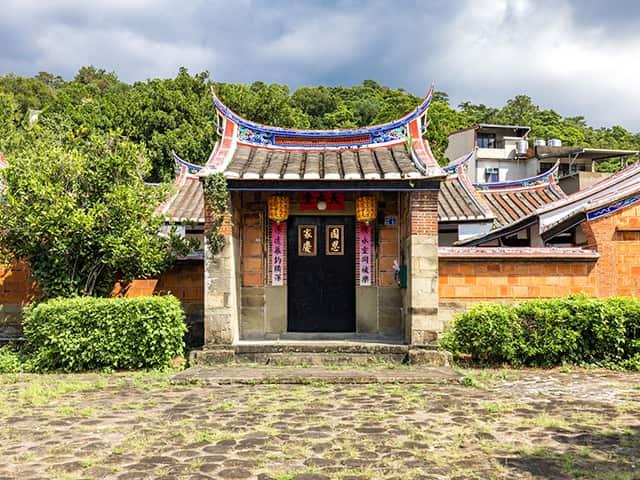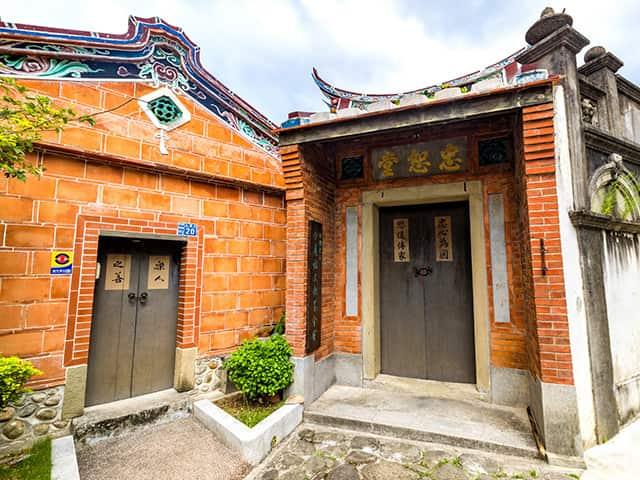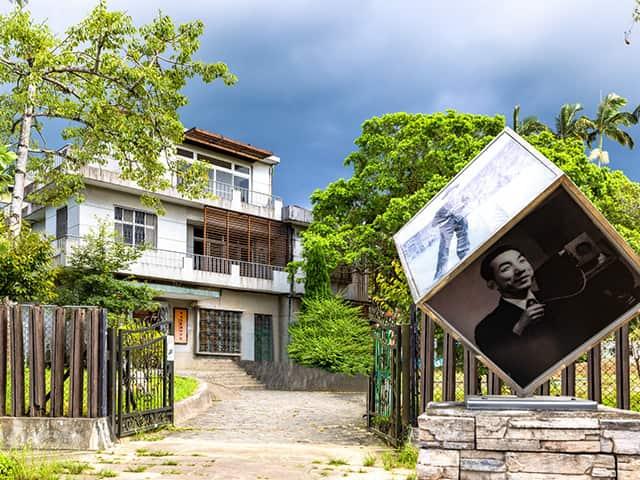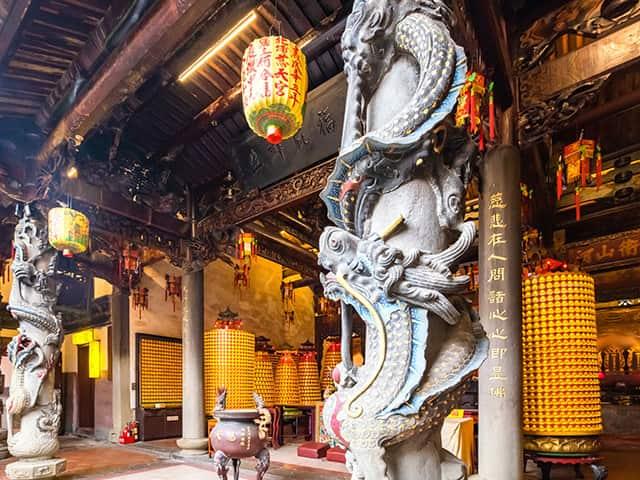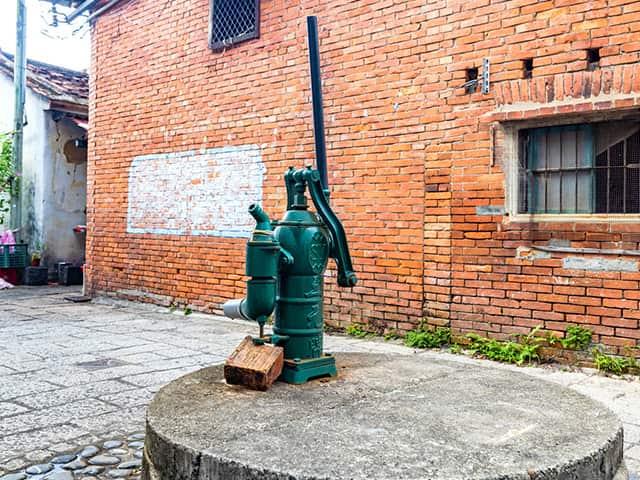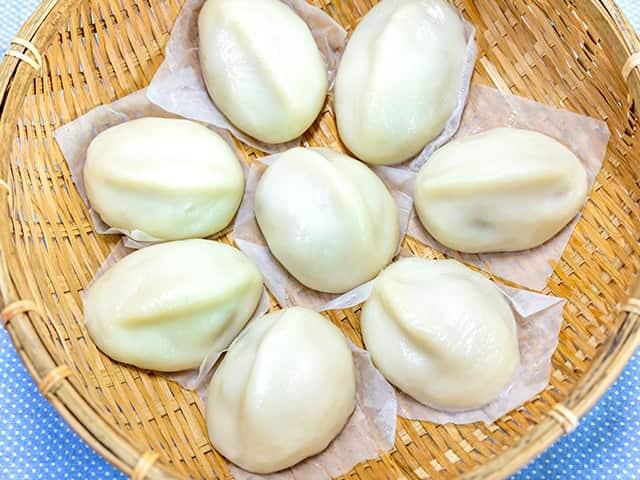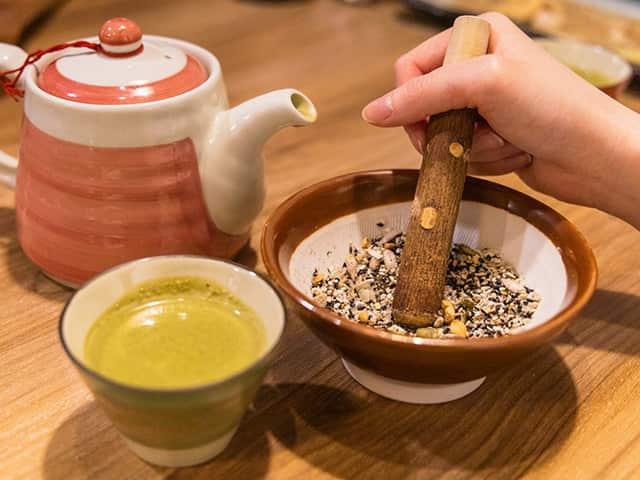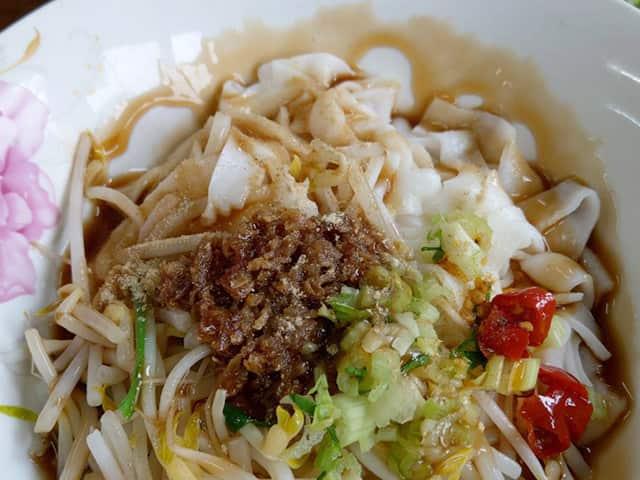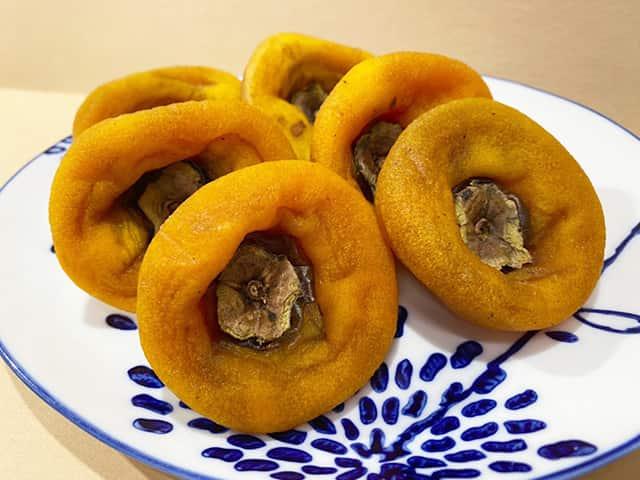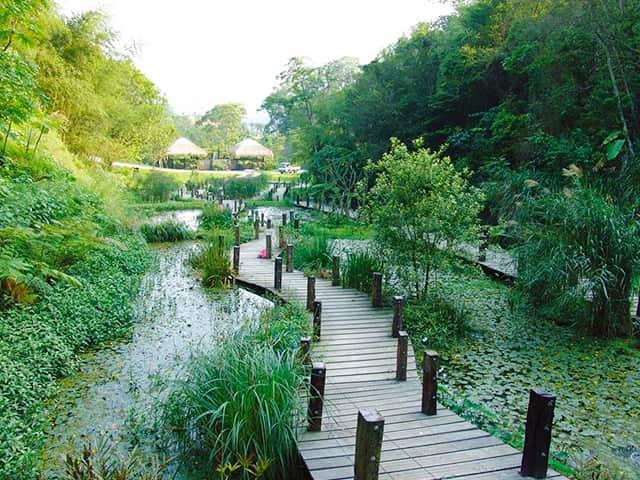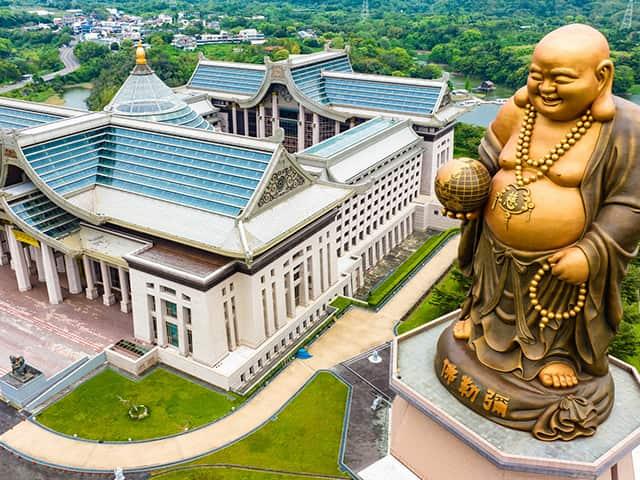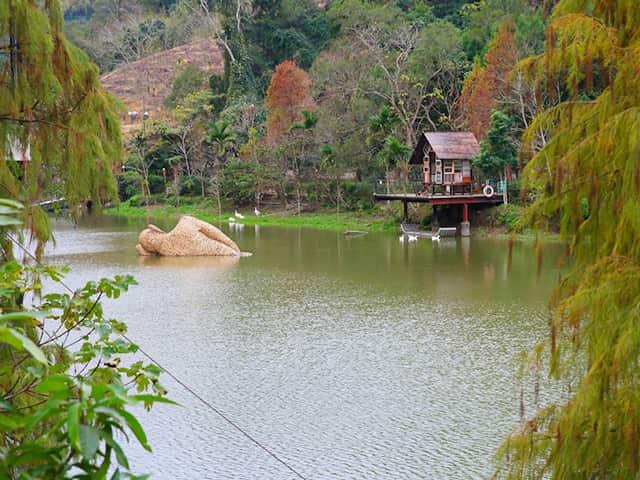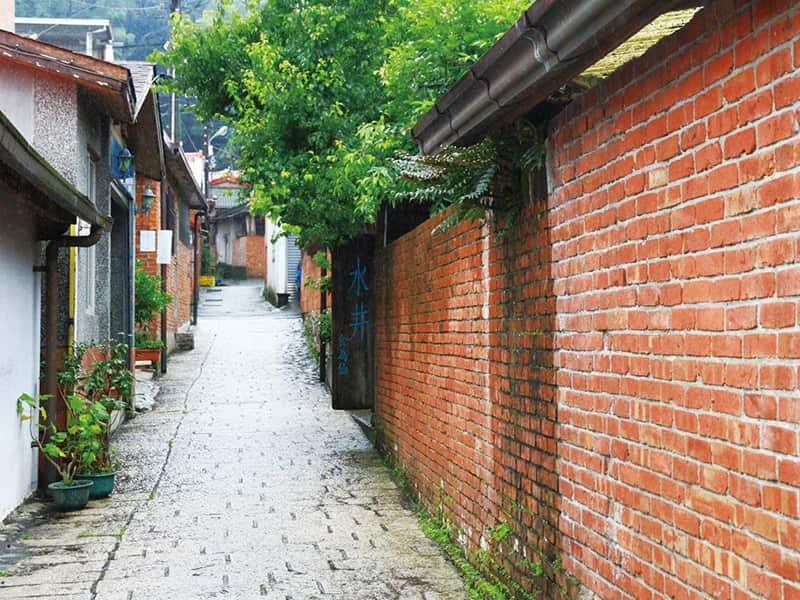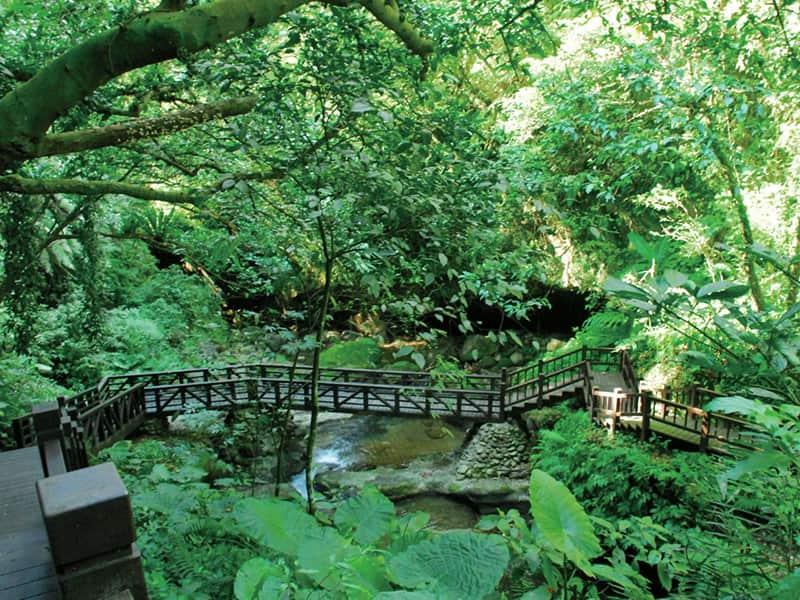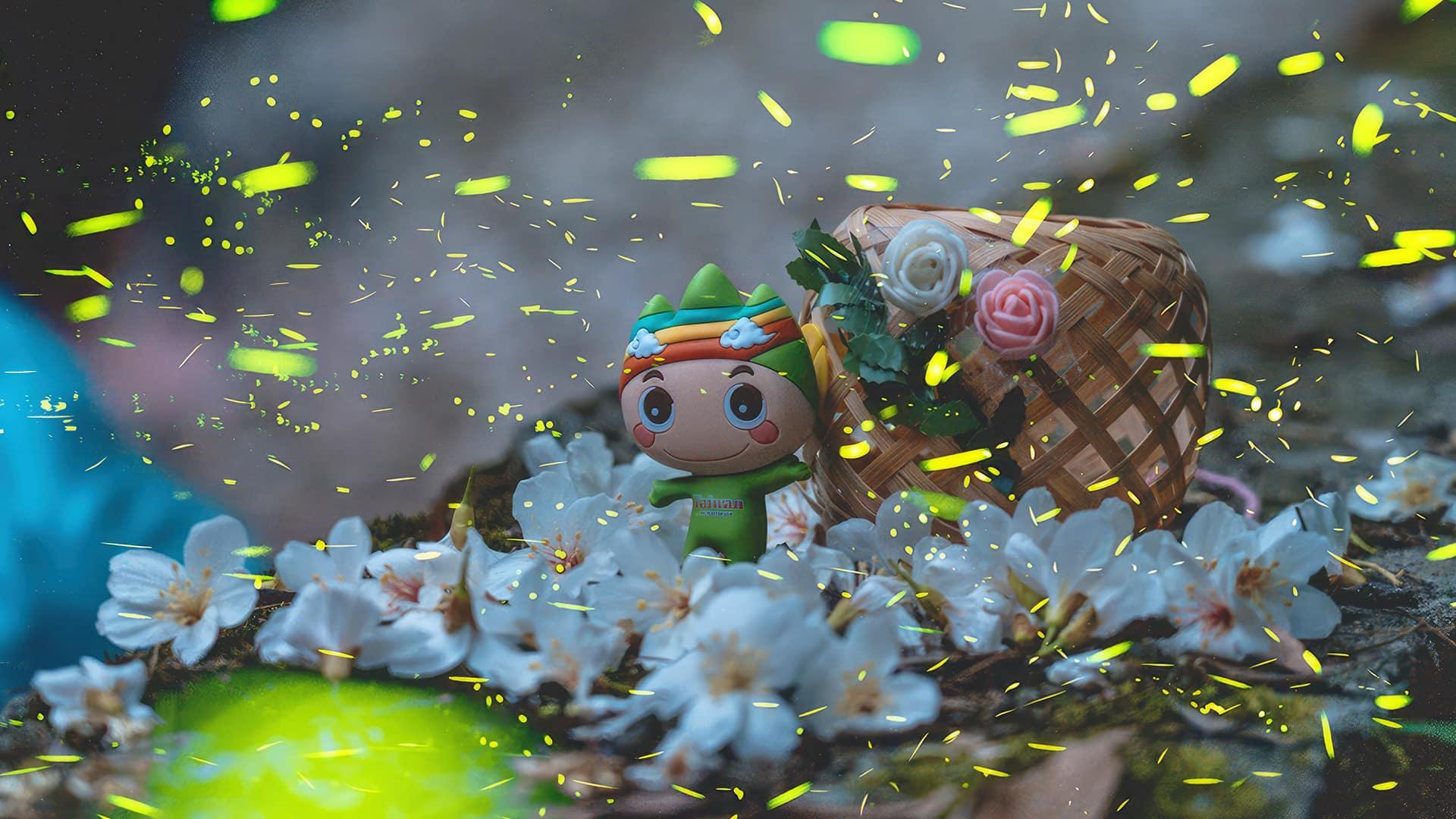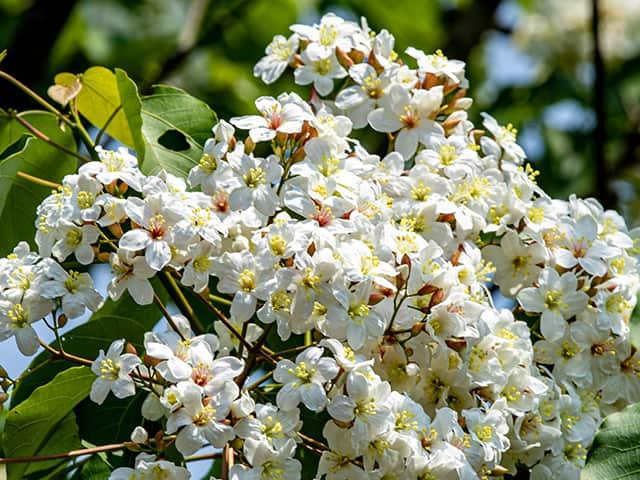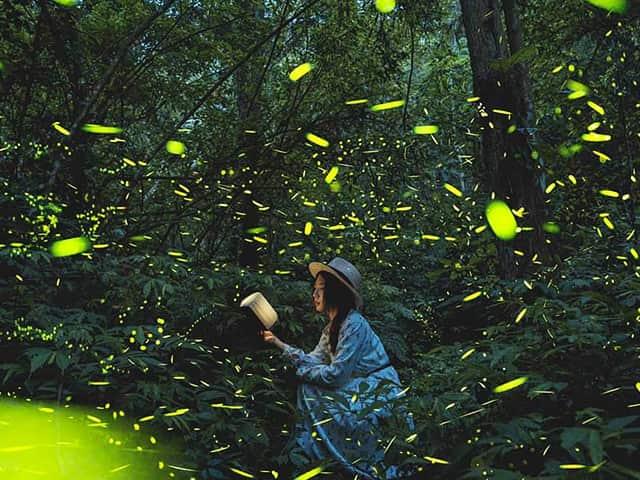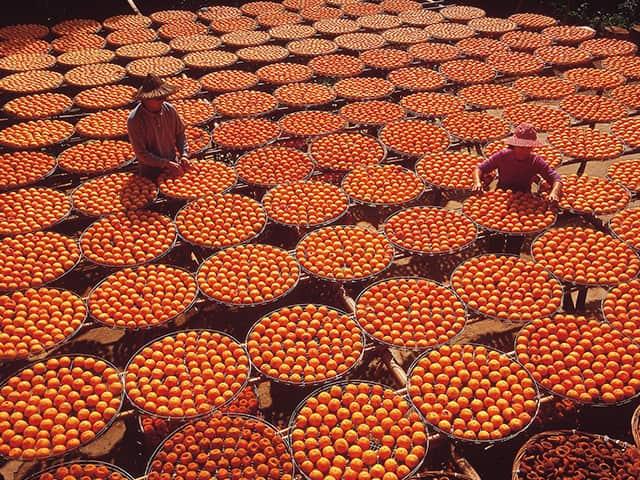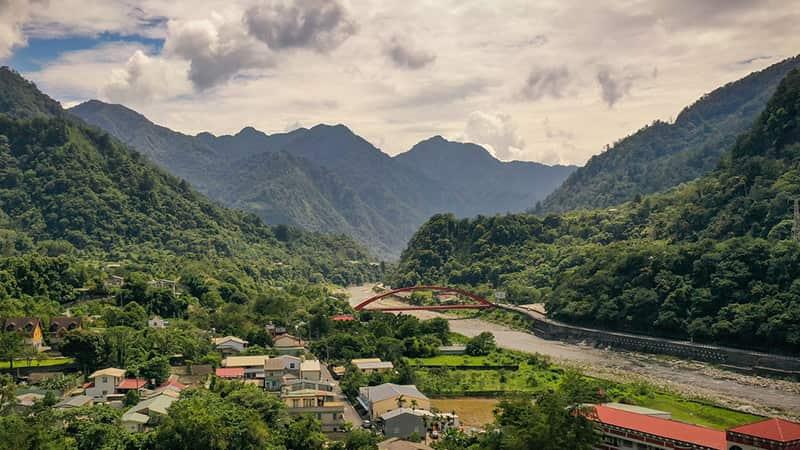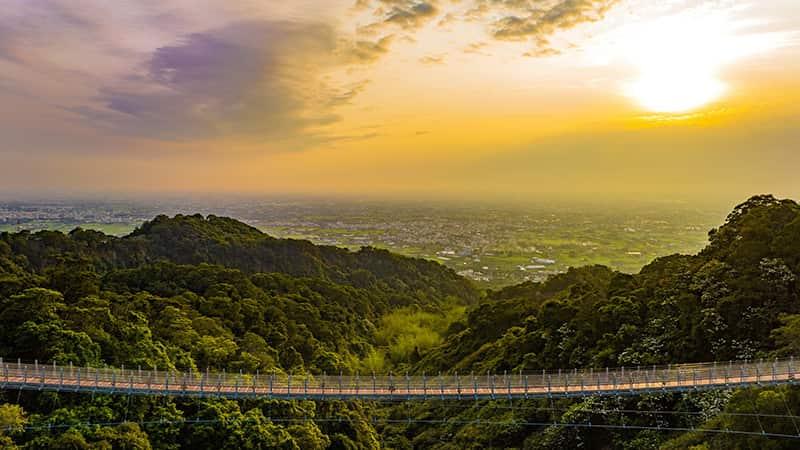Leisurely ramble through Hakka villages
The scenery of Hsinchu and Miaoli old streets
Strolling through Nanzhuang
Walk in to the romantic mountain villages of tung blossoms
Explore the alleyways of Hakka villages nestled among mountains and waters.
Top Sights in Nanzhuang
The Nanzhuang village, nestled among the mountains, was constructed along the mountain slopes, showcasing a harmonious coexistence between people and nature. The old-street architecture, Hakka delicacies, and the rich ecology of tung blossoms and fireflies in the surrounding area make Nanzhuang a diverse and vibrant destination waiting for you to explore.
Travel guide:
- Walk into the wandering and bustling Osmanthus Alley to savor the nostalgic Hakka delicacies.
- Don't forget to visit the well-preserved Japanese-style old buildings to fully appreciate their vintage charm
- The historical remnants of the “cloth-washing ditch”, also known as the laundry pool, are recommended for gaining a glimpse into the way of life of the former residents.
- You can enjoy a leisurely visit to the surrounding areas of Nanzhuang, including Penglai River Ecology Park, for a scenic eco-trail adventure.
- Check in for romantic tung blossoms and your discovery of fireflies in early summer
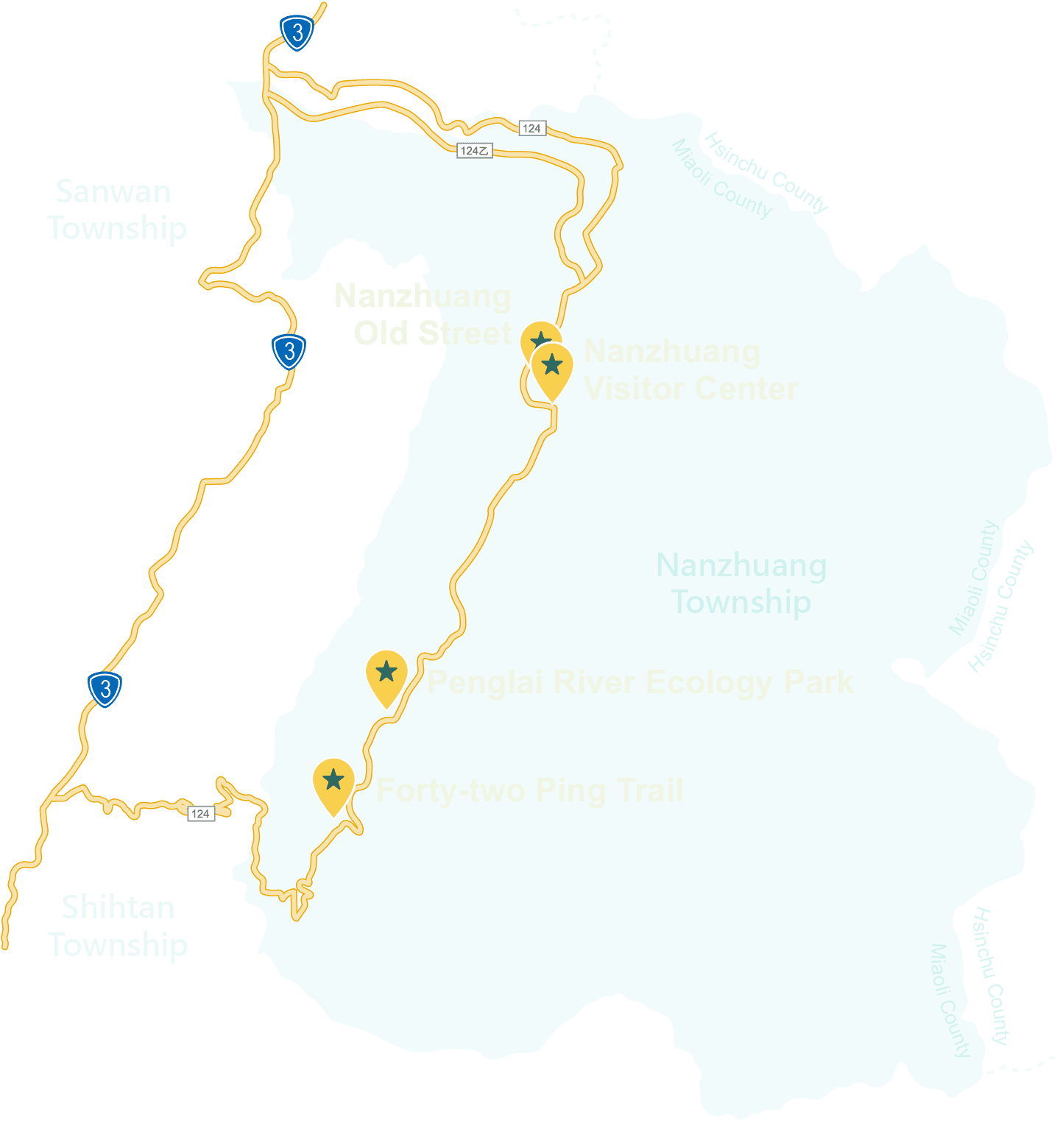
Walk into the Nanzhuang Old Street
Walking into Nanzhuang Old Street, you will come across distinctive buildings dating back to the Japanese domination period, such as the old post office and Nanzhuang Dongcun Dormitory. These architectural gems are a must-see when exploring the old street. In addition, don't miss the specialty osmanthus syrup in Osmanthus Alley and be sure to savor Hakka delicacies like Hakka radish bun, rice dumpling wrapped with shell ginger leaves, osmanthus ice Tangyuan (glutinous rice balls), Lei Cha (Hakka ground tea), braised dried tofu, and a variety of other Hakka dishes.
Must-visit places on old street
Nanchuang Culture Hall (Nanchuang Old Post Office)
Known as one of the earliest post offices during the Japanese domination period in Taiwan, the exterior of this building was constructed using cypress, preserving the antique Japanese architectural style.
- Open Time:09:00-17:00|Closed on Tuesdays and Wednesdays
- TEL:03-782-4553
- Address:Address: No. 5, Wenhua Rd., Nanzhuang Township, Miaoli County
Cloth-Washing Ditch
The cloth-washing ditch is where the local residents used to wash clothes, vegetables, and fruits in the early years. The stone washboard on top preserves the traces of the thrifty and industrious Hakka way of life from the past.
- Open Time:open 24 hours
- TEL:03-782-3115
- Address:Nanzhuang Township, Miaoli County
Dongcun Dormitory
With a history of over 80 years, the Nanzhuang Dongcun Dormitory bears witness to Taiwan's rise and fall in the forestry and camphor industry. Its rich Japanese-style ambiance makes it one of the popular check-in spots in Nanzhuang Old Street.
- Open Time:10:00-17:00|Closed on Wednesdays and Thursdays
- TEL:0975-095-883
- Address:No. 75, Dongcun, Nanzhuang Township, Miaoli County
Nogizaka
General Nogi Maresuke, who served as the Governor-General of Taiwan during the Japanese domination raised donations to construct and repair this trail. Later, with the concerted efforts of the local community, it was transformed into stone stairs, known as “Saka” in Japanese. To commemorate General Nogi Maresuke, this ancient trail was named “Nogi Saka” .
- Open Time:open 24 hours
- TEL:03-782-3115
- Address:No. 10, Wenhua Rd., Nanzhuang Township, Miaoli County
Osmanthus Alley
The quaint and elegant alleyways have now become a must-visit destination for holiday tourists. Inside the alleys, visitors can find a variety of snacks, delicious cuisine, and osmanthus-flavored dishes to fully experience the charm of Nanzhuang.
- Open Time:open 24 hours
- Address:Nanzhuang Township, Miaoli County
Kangji Suspension Bridge
On the Kangji Suspension Bridge that links Nanzhuang Old Street and Nanjiang Old Street, travelers can relish a distant view of Nanzhuang’s valley scenery and capture a glimpse of the nearby Hakka mountain village.
- Open Time:open 24 hours
- Address:Nanzhuang Township, Miaoli County
Gourmet
Dried tofu
Continuing the strong flavors of Hakka seasoning, the well-braised dried tofu topped with a generous amount of scallions and special sauce is so delicious that it's hard to stop eating.
Hakka stir-fry
This classic Hakka dish is prepared by stir-frying sliced pork belly, squid, and dried tofu with celery, scallions, soy sauce, dried shrimp, chili, and other seasonings over high heat. This dish offers a savory and indulgent flavor profile, making it a delightful complement to rice or a perfect choice for enjoying with drinks.
Osmanthus syrup
The delicate light golden hue of osmanthus honey retains the fragrance of osmanthus flowers. The osmanthus syrup, osmanthus ice Tangyuan, and osmanthus vinegar drinks made from it are well-loved by tourists and are must-buy souvenirs when you visit Nanzhuang Old Street.
Ciba cake
What the Hakka people refer to as “Ciba” is actually “Mochi” (glutinous rice cake). The distinction lies in the fact that Ciba doesn't contain a filling. Instead, it is molded into small, bite-sized pieces and coated with peanut, sesame, or sugar powder.
Recommended nearby attractions
More ways to explore Nanzhuang
Strolling through Beipu
Walk into the mountain village that slumbers in time
Explore the glorious years of history
Top Sights in Beipu
As you walk into Beipu, you will feel like entering a time tunnel. Everything you see on the quaint streets are all historic sites. Moreover, you can not only experience the warm hospitality of Beipu's Hakka people, but also slow down your pace to enjoy the natural scenery of the nearby Emei Lake and historic trails.
Travel guide:
- Visit the filming location of the TV drama “Golden Leaf” to experience Taiwan's picturesque tea landscapes.
- The old buildings blended with Chinese and Western architecture showcase the ingenious craftsmanship of our architectural ancestors.
- Enjoy the precious historical image records of the “Deng Nan-guan Memorial Museum”
- Enjoy the DIY activity of Lei Cha in Beipu
- Hike around Emei Lake and the ancient trails to immerse yourself in the scenic beauty and abundant wildlife.
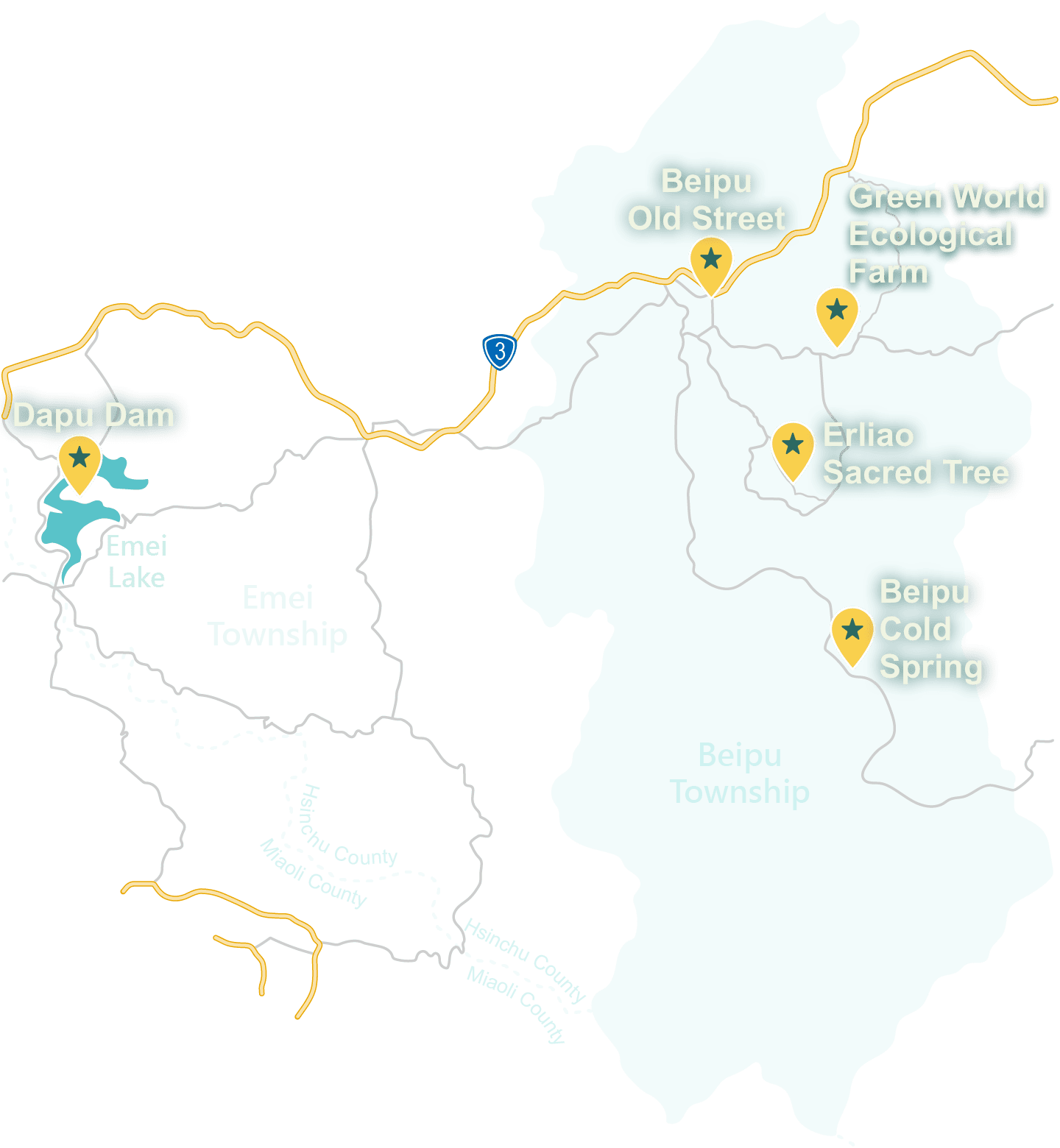
Walk into Beipu Old Street
Recognized as Taiwan's Hakka old street with the highest concentration of historical sites, this charming thoroughfare hosts seven historic landmarks within a mere 200 meters! While strolling through this old street, you can indulge in the most authentic Hakka delicacies, including the renowned stone persimmon cake and Lei Cha. Beipu Old Street, with its unspoiled charm, is an ideal destination for history enthusiasts like you.
Must-visit places on old street
Jiang A-sin Ancient House
Follow the tour guide's footsteps to enter this ancient house, and delve into the stories of the Hakka tea merchants and the history of Beipu's tea industry development.
- Open Time:By appointment only guided tour
- TEL:03-580-3586
- Address:No. 10, Beipu St., Beipu Township, Hsinchu County
Jin Guang Fu Hall
With a history of over 180 years, Jin Guang Fu Hall is now designated as a national historic site, bearing witness to the hardships faced by the people during the early development of Beipu.
- Open Time:By appointment only guided tour
- Address:No. 6, Zhongzheng Rd., Beipu Township, Hsinchu County
Zhongshu Hall
After renovation, it has been transformed into a space for arts and culture, preserving the architectural charm of Beipu's historic houses and the cultural ambiance of the Hakka literati.
- Open Time:Saturday & Day10:00-12:00、13:00-16:30
- TEL:03-580-4216
- Address:No. 20, Gongyuan St., Beipu Township, Hsinchu County
Deng Nan-guan Memorial Museum
The Deng Nan-guan Memorial Museum showcases the documentary of the life and photographic works of Deng Nan-guan, known as an important Hakka photographer in Taiwan's photography history. It also serves as a vital cultural asset for preserving the photography techniques of that era, Beipu's local development, and Taiwan's cultural heritage.
- Open Time:10:00-17:00
- TEL:03-580-2868
- Address:No. 15, Gongyuan St., Beipu Township, Hsinchu County
Beipu Citian Temple
Situated on Beipu Old Street, Citian Temple not only holds cultural and historical significance as a county-designated heritage site, but also features shops selling a variety of delicious local snacks and specialty shops outside its entrance. It is a must-visit destination for visitors to Beipu Old Street.
- Open Time:06:00-19:00
- TEL:03-580-1575
- Address:No. 1, Beipu St., Beipu Township, Hsinchu County
Old Street Well
Hidden in the alley of the old street, the Old Street Well preserves the vintage green bronze water pump. The nostalgic atmosphere evokes travelers' childhood memories of bygone days.
- Open Time:open 24 hours
- Address:Beipu Township, Hsinchu County
Gourmet
Hakka vegetable bun
Hakka vegetable bun, also known as Hakka radish bun, has a chewy, sticky, and slightly sweet outer skin made from glutinous rice. Its filling consists of shredded radish, mushrooms, fried garlic, and dried small shrimps, all kneaded into a bun shape and then steamed. Due to its resemblance to a piglet's basket, it is also known as “Zu Lung Ban”, which literally refers to the “piglet's basket rice cake”.
Bei Pu Lei Cha
Lei Cha, also known as Hakka ground tea, is a traditional tea offering that Hakka people used to welcome guests. The word “Lei” in “Lei Cha” refers to “grinding”. The process of making Lei Cha involves mixing and grinding tea leaves, peanuts, sesame seeds, and various grains in a ceramic mortar. After adding boiling water to the mixture and blending, it is then served optionally with rice grains based on personal preference. This traditional tea is known for its health benefits.
Hakka rice noodle
Hakka rice noodle (“ban tiau” in Hakka), also known as “towel rice noodle” (“mien pa ban” in Hakka, where “mien pa” refers to towel), is a classic Hakka dish made from Indica rice milk. It offers a smooth, firm, and delicate texture, while providing a satisfying eating experience.
Persimmon cake
Hakka people who are known for their talent of utilizing local terrain and resources also harnessed Hsinchu's “Winds of September” to transform autumn-harvested persimmons into persimmon cakes. The resulting persimmon cakes have a thin, elastic skin that preserves the delicious and sweet flavor of the persimmons.
Recommended nearby attractions
More ways to explore Beipu
Seasonal activities
The tung blossom snow and fireflies in early summer, and the sun-dried persimmon cakes in late autumn
Strolling through Hakka villages to discover surprises of the season
Hakka Tung Blossom Festival
March-May
Not only does winter bring snow, but the transition from spring to summer also promises the enchanting spectacle of tung blossom snowfall! In addition to leisurely strolls along the tranquil historic trails to enjoy the view of falling white tung blossoms, visitors can also join activities organized by Hakka villages. Let's venture into the mountain forests and discover the cultural charm of Hakka villages.
Where to find tung blossoms:
- The circular Emei Lake trail
- The Lion's Head Mountain Trail
- Penglai River Ecology Park
Observation of fireflies
April-May
Every year, the firefly season during spring and summer brings life to the mountain nights! The beautiful sight of twinkling green fireflies dancing around is the most enchanting scene of the night
Where to find fireflies:
- The circular Emei Lake trail
- The Lion's Head Mountain Trail
- Liuliao Old Trail
- Penglai River Ecology Park
- Beipu Cold Spring
“Find Tea with Persimmon Cakes” – Stone Persimmon Pung-Fung Festival
October
The “Find Tea with Persimmon Cakes” Stone Persimmon Pung-Fung Festival combines the elements of making dried persimmons and local Pung-Fung tea to offer visitors the opportunity to savor the delicious dried persimmon while experiencing Hakka culture.
